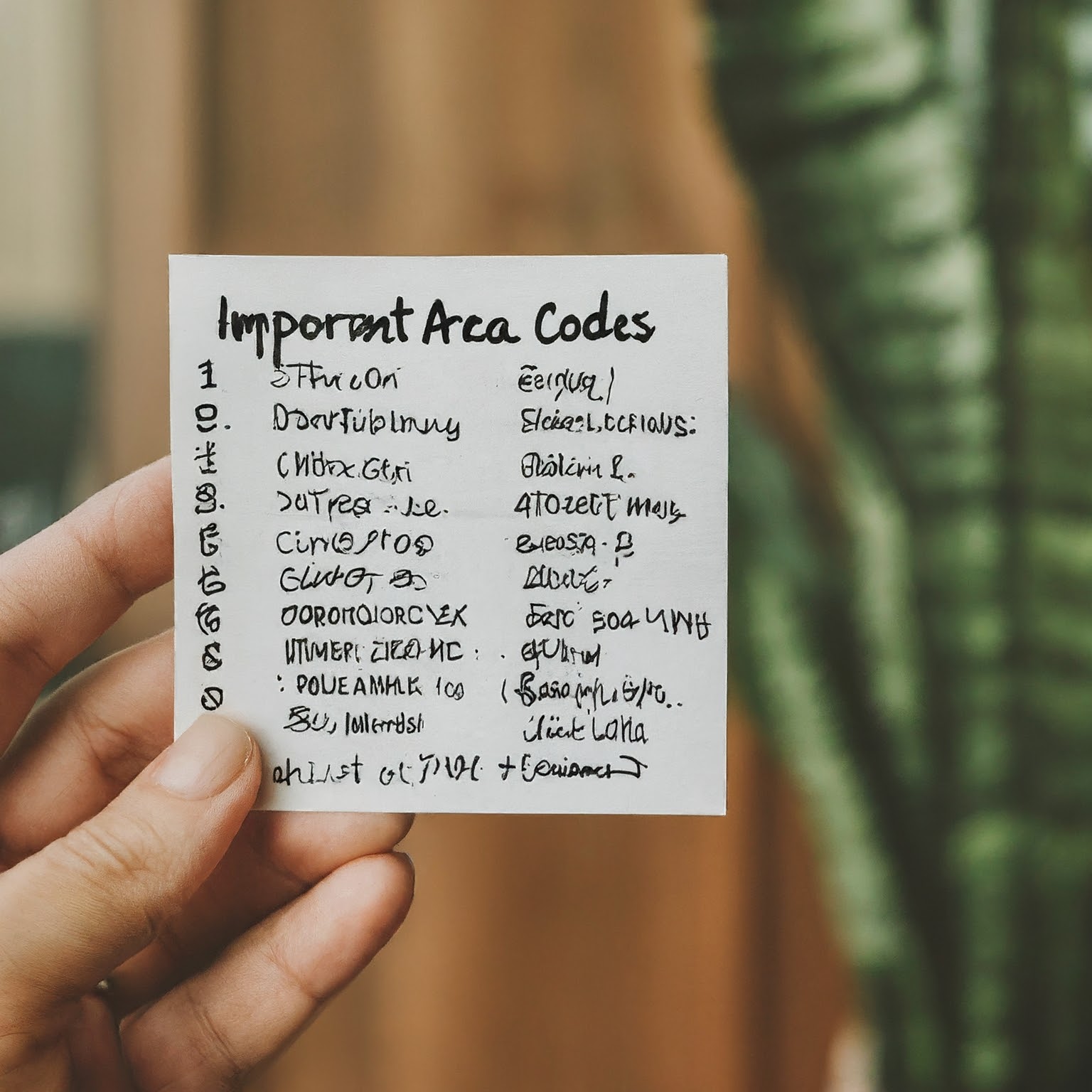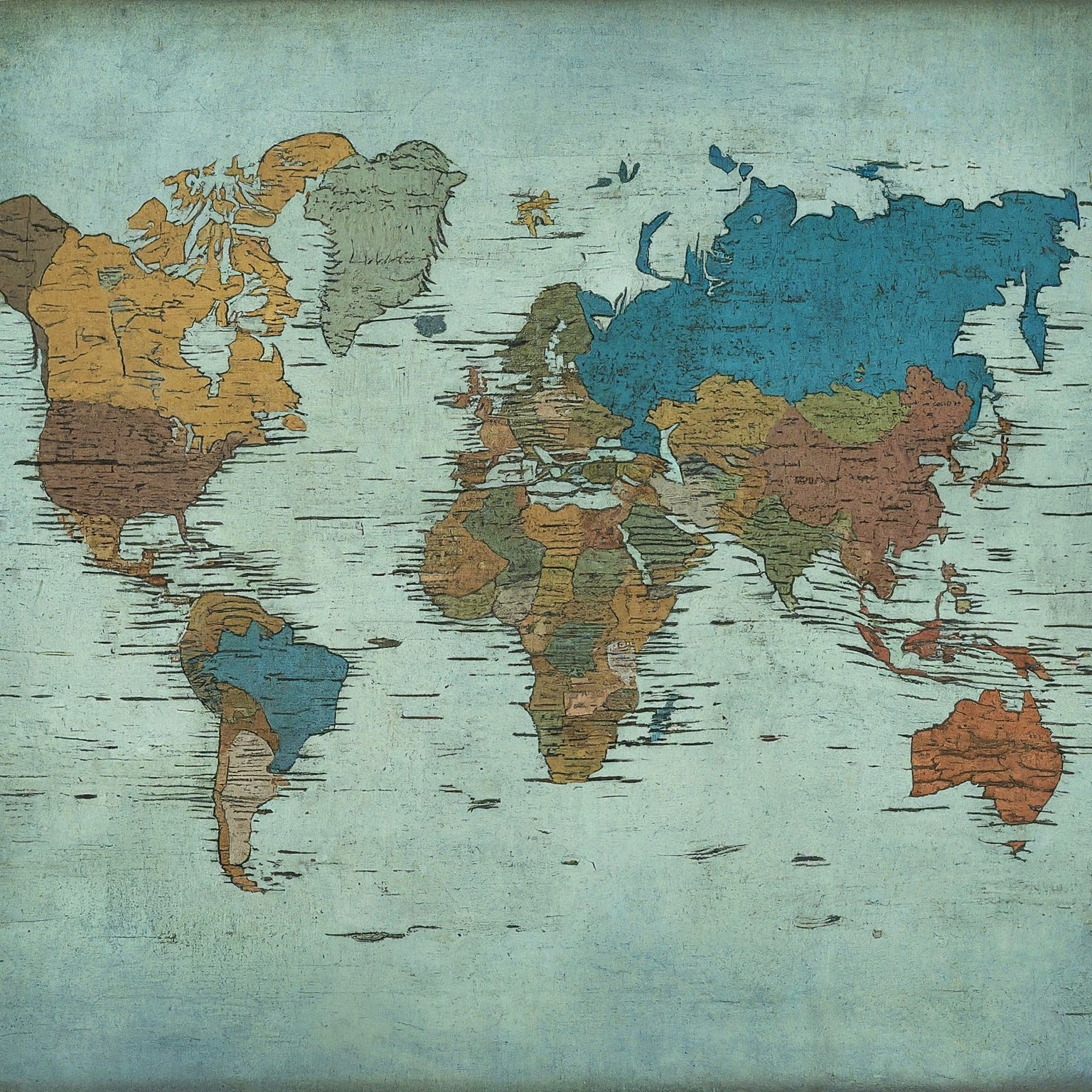Area codes, the three-digit prefixes preceding phone numbers, are more than just identifiers; they’re a geographical shorthand, a glimpse into the location and sometimes the culture of a region. In the North American Numbering Plan (NANP), each region is assigned a unique area code, acting as a virtual map of the continent’s communication network.

The Birth and Evolution of Area Codes
Introduced in 1947, area codes were initially designed to streamline long-distance calling. As technology advanced and phone usage surged, the number of area codes expanded, often splitting existing ones or introducing overlays to accommodate the growing demand.
Today, area codes have become an integral part of our daily lives. We use them to identify callers, make local and long-distance calls, and even as a cultural reference point. From the iconic 212 of New York City to the laid-back 808 of Hawaii, each area code carries a unique connotation.
The Purpose of Area Codes
Area codes serve several important purposes in the telecommunications system:
- Call Routing: They help telephone networks route calls to the correct destination, ensuring that your call reaches the intended recipient.
- Location Identification: Area codes provide a quick way to identify the general location of a phone number, which can be helpful in various situations, such as job applications or online interactions.
- Billing: Area codes determine whether a call is local or long-distance, which affects billing rates.
- Marketing: Businesses often use local area codes to target specific regions and establish a local presence.
The Future of Area Codes
As technology continues to evolve, the role of area codes may change. The rise of mobile phones and VoIP (Voice over Internet Protocol) services has made geographic location less relevant for phone numbers. However, area codes are likely to remain an essential part of the telecommunications infrastructure for the foreseeable future.
How to Find Area Codes
There are many resources available to find information about area codes. The North American Numbering Plan Administrator (NANPA) maintains a comprehensive list of all area codes in the NANP. You can also use online directories or search engines to look up area codes by city, state, or phone number.
In conclusion, area codes are more than just a set of numbers; they are a reflection of our geography, culture, and technological advancements. They play a crucial role in our communication system and are likely to continue to do so for years to come. Whether you’re dialing a local business or calling a friend across the country, the area code is your first step in connecting with the world.
